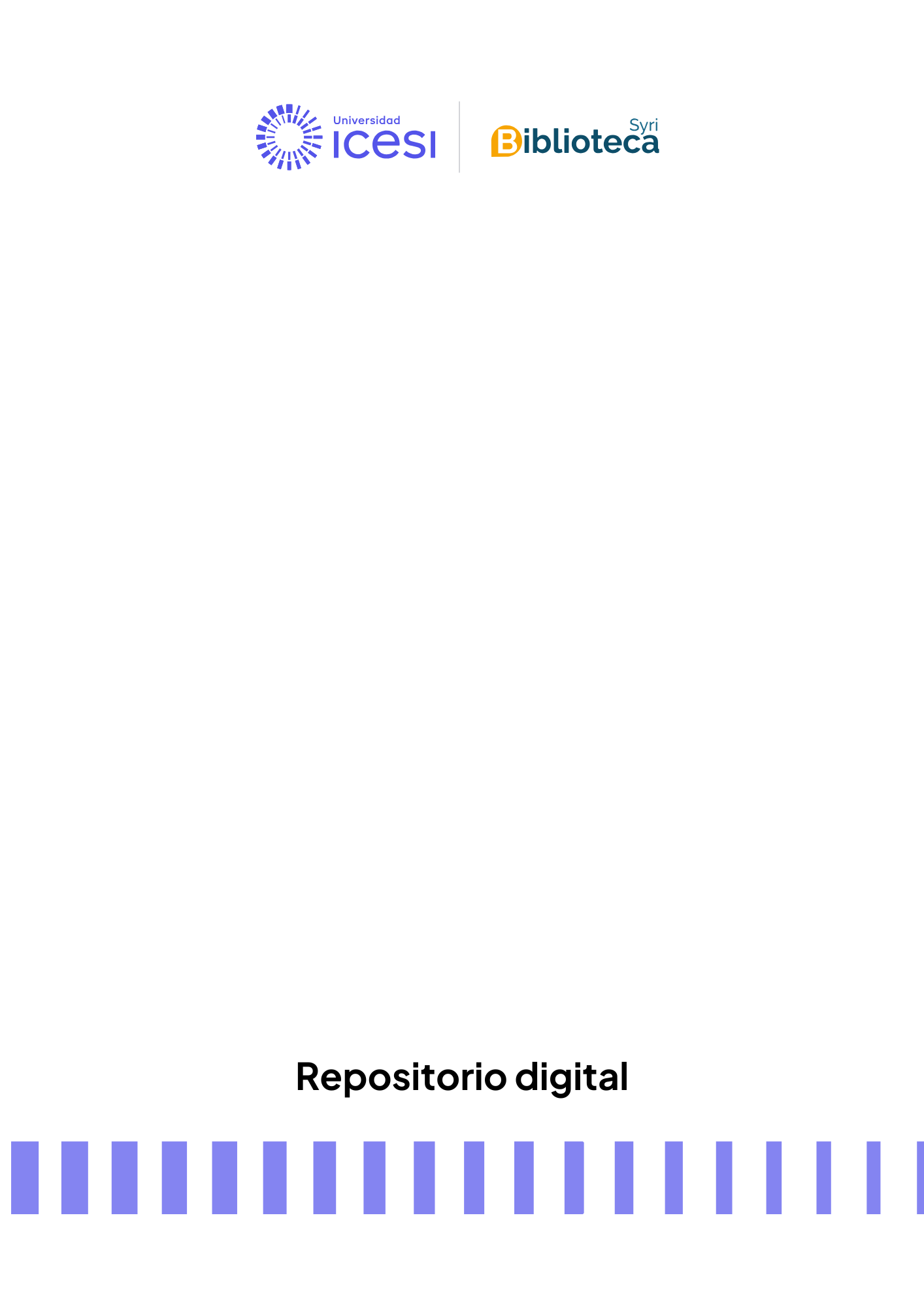Sistemas y Telemática Vol.11 No. 24
URI permanente para esta colecciónhttp://hdl.handle.net/10906/68614
Examinar
Envíos recientes
Ítem Aproximación al desarrollo de un sistema de transporte masivo a través de la dinámica de sistemas(Universidad Icesi, 2013-01-01) Arenas Guerrero, Fernando Antonio; Orozco, Juan SebastiánThe social and economic future of a city depends primarily on the efficiency of its transport system; this is measured by the ability to move people and goods in a sustainable manner, with the available resources. Nowadays, Mass Transit systems are being developed in seven different cities of Colombia, which have created the need to track the progression and growth of their participation in the one-person travel demand. The purpose of this work is to describe the development of a mass transit system, and to provide an overview of the impact that the operating parameters and reinvestment have on the development and expansion of the demand of the system itself. Three scenarios are proposed to evaluate different operational and reinvestment policies, analyzing the behavior in the development of the system.Ítem Modelo de simulación para el proceso de producción en empresas de confección textil(Universidad Icesi, 2013-01-01) Gómez P., Urbano E.; Gómez N., OfeliaThe UTS is developing the project Information System of production costs for micro and small children's clothing companies in Bucaramanga, adjusted to the conditions and requirements of these organizations which has in its most elementary part in order to determine the elements that must be integrated into the production costs in micro and small children garment companies also facilitates understanding the methodology associated with the techniques, methods, processes and procedures to be applied to the costing system according to the conditions and parameters of production operations in companies, therefore it is an input for the training of stakeholders.Ítem Sistema de gestión de residuos de aparatos eléctricos y electrónicos. Enfoque de dinámica de sistemas(Universidad Icesi, 2013-01-01) Reyes R., Lorena; González E., Nicolás; Rodríguez B, Luz Angélica; Torres R., AndrésThe world is experimenting a growth of waste electrical and electronic equipment, WEEE, as a result of continuous technological progress, increasingly affordable prices and consumer behavior. This article presents a model that simulates the current situation of Bogotá's waste management system in the case of TV sets. This model includes variables that describe their influences and issues, and actors involved in the WEEE chain from televisions. The aim of this study is to determine the behavior of the system taking into account policies and activities of the actors involved, which are analyzed under different scenarios.Ítem Dinámica de sistemas aplicado en el análisis de cadenas productivas agroindustriales en el departamento de Bolívar(Universidad Icesi, 2013-01-01) Amézquita López, Julio Adolfo; Chamorro Salas, Karen MargaritaThis article presents a networking model that allows to simulate the behavior of the of the principal productive agro-industrial chains belonging to the Department of Bolívar. The model was built by integrating in a single model the components of cost, production and utility of each of the actors in the different chains; the model of networks elaborated with the help of the software I Think. On having defined the principal variables that characterize the model raised different scenarios to determine the sensitivity of the same and as these changes affect productivity, employment, and the utility of the actors.Ítem Dinámica de sistemas para la selección de un sistema de pronóstico con base en el impacto de excesos y faltantes(Universidad Icesi, 2013-01-01) Pretel A, Carlos; Galvis P., Oscar; Osorio G., Juan; Rendón S, LauraThis article studies the effect of the excesses and shortages in an organization, specifically in a product whose demand is growing. A system dynamics model was made through two diagrams two diagrams that are joined and related. In one of the diagrams is easy a sharing of forecast data, and in the main plot we can see the relations in the selection of a forecast with other components that are part of the organization. Based on all the relationships, we concluded about the impact of using three types of forecasts on finished goods inventory, safety stock, the level of service and the marginal utility of an organization.Ítem Vivienda de Interés Social de calidad en Colombia: hacia una solución integral(Universidad Icesi, 2013-01-01) Baena, Andrea; Olaya, CamiloSocial housing is one of the deepest felt needs in Colombia, for 2011 the number of families without quality housing reached 3.5 million. Even though the statistics reflect the severity of the problem, its real dimension is deeper and much more complex as it interconnects many actors with diverse motivations, who are in constant interaction. The policies that are being currently applied in the country are mostly linear and are not supported on the structure of the system. By simply granting more subsidies or imposing severe minimum laws, it will not be possible to regenerate the feedback structure and obtain real improvement. In this article we will study Colombia´s social housing from a systems perspective in order to propose structural policies that will modify the dominance of different potential feedback cycles to accomplish a real change in the quality of this type of housing. Some of the opportunities to empower the virtuous cycles are found in the community networks, the economies of scale and the quality of the housing as a way to impulse progress. The greatest dangers that should be treated are the high economic, social and security costs generated by informal housing and low quality formal housing, and the well intentioned control that limits innovation.

